Description
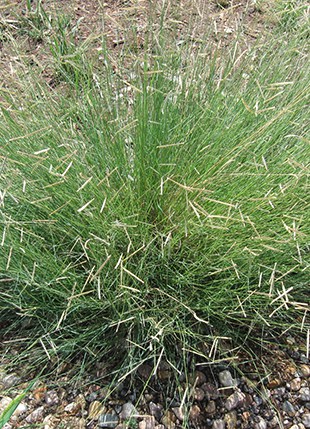
Blue Grama Grass – Bouteloua Gracilis
Product Info
Blue Grama grass (Bouteloua gracilis), often referred to as “Eyelash Grass” due to the distinctive shape of the seedhead, is a warm-season native grass valued for its drought tolerance, unique appearance, and ecological benefits. It is an ideal choice for xeriscaping, pasturelands, and prairie-style landscapes. Recognized as Colorado’s official state grass, this species plays a vital role in preserving the region’s natural beauty and ecosystems.
Key Highlights:
- Height & Spread: Grows to 6–18 inches tall by 12-18 inches wide
- Adaptation: Excels in arid and semi-arid climates
- Appearance: Features narrow, fine-textured, blue-green blades and unique eyelash-shaped seedheads
- Resilience: Tolerates drought, saline, and alkaline soils
Blue Grama is the ideal solution for sustainable landscaping projects, wildlife-friendly gardens, and erosion control efforts.
FAQs
Q1: What makes Blue Grama grass unique?
A: Its distinctive seedheads, resembling small eyelashes, set it apart aesthetically. Additionally, it is drought-tolerant and thrives in harsh soil conditions, making it highly adaptable for landscaping needs.
Q2: When should I plant Blue Grama grass?
A: Blue Grama should be planted in mid-to-late spring when the soil is warm, or in summer and fall, with a minimum of 6–8 weeks before the first freeze occurs to ensure proper establishment.
Q3: How much seed should I use?
A: Use:
- 2–3 lbs. per 1,000 square feet for small areas
- 10–15 lbs. per acre (drilled) or 20–30 lbs. per acre (broadcast) for larger areas
Q4: Is Blue Grama suitable for wildlife gardens?
A: Yes, its seeds are a valuable food source for birds and small mammals, and its dense tufts provide excellent nesting habitats.
Q5: Is Blue Grama grass low maintenance?
A: Absolutely! It requires minimal upkeep and is often used as a low-maintenance turfgrass for sustainable landscaping.
Q6: Can Blue Grama grow at high elevations?
A: Yes, Blue Grama can be grown at elevations up to 7,000–9,000 feet, provided it’s planted in open south or west-facing areas with adequate sunlight.
Q7: How do I order other varieties like Alma or Bad River?
A: Pricing for other Blue Grama varieties is available upon request. Contact BBB Seed for more details.
If you want to learn more about Blue Grama, click here.

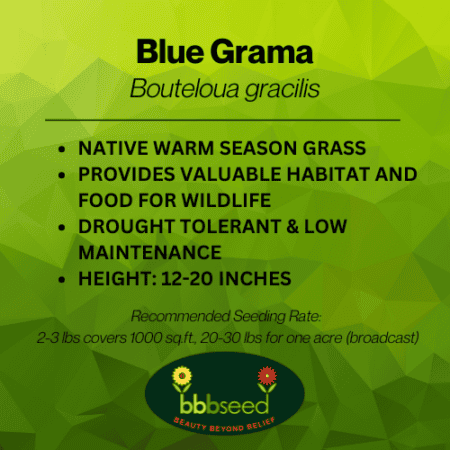
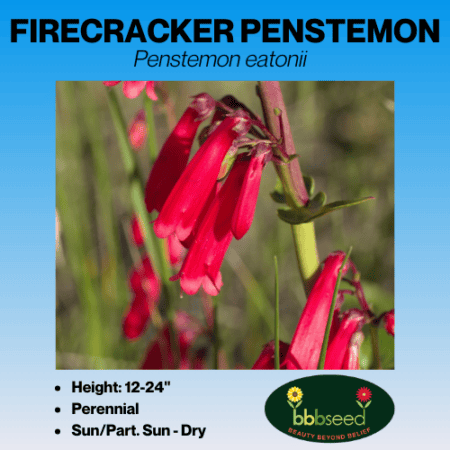
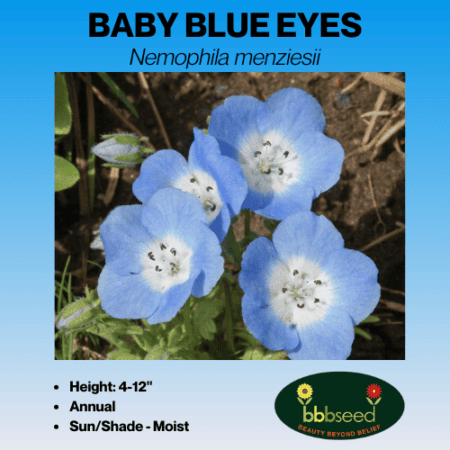
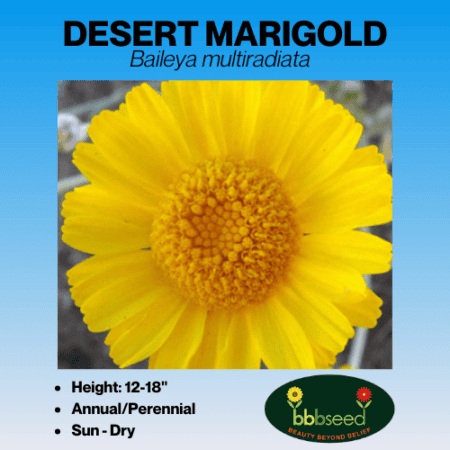
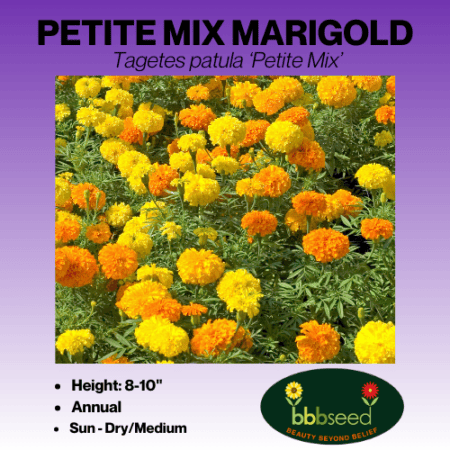



Reviews
There are no reviews yet.